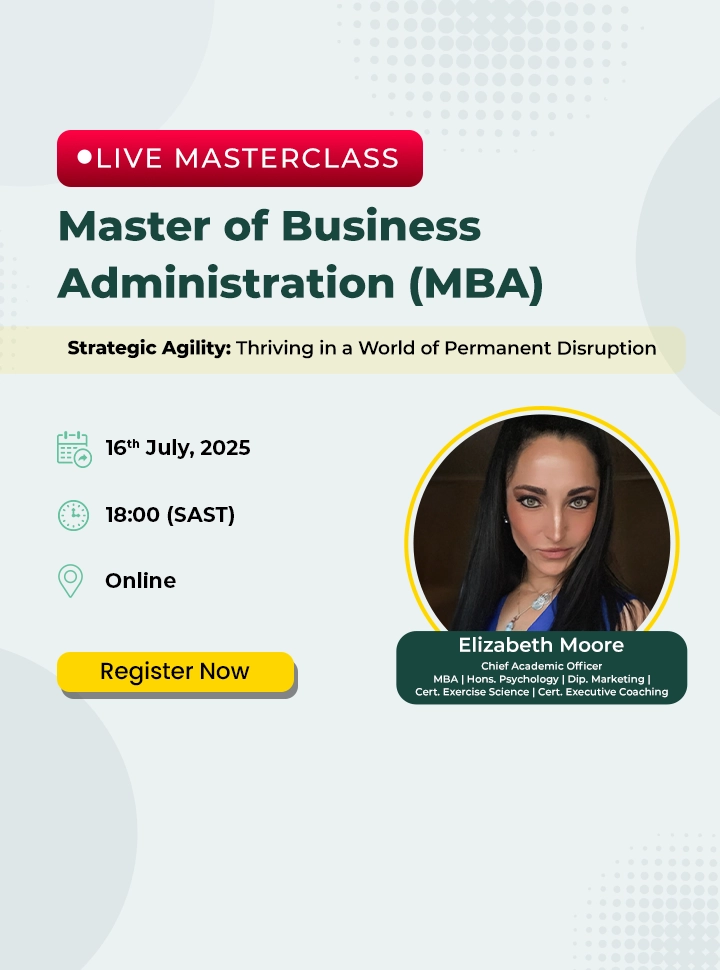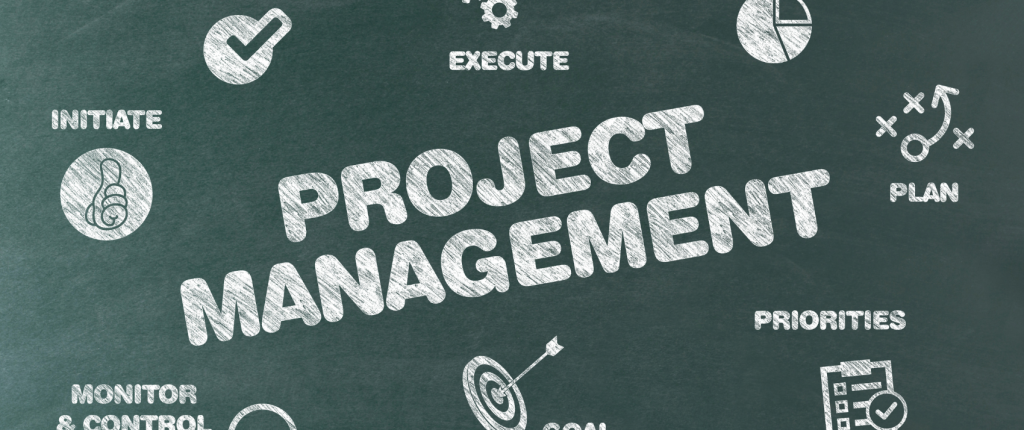As we previously discussed, earlier notions of leadership are not suited to the new and fast-changing environment we find ourselves operating in these days. The research team at Regenesys is working actively in this area and have come up with the concept of Lead 3.0. In last week’s article we gave a general overview of the five dimensions of Lead 3.0 which will inform the craft of leadership going into the future. To briefly recap, they were:
● Multi-Dimensional Intelligence
● Connectivity
● Digital Leadership
● The Semantic Organisation
● Ubiquity
This week we will delve into the concept of Multi-Dimensional Intelligence.
 Leading in uncertain times requires more understanding and care than leading in volatile but familiar contexts. Leaders find it more and more difficult to absorb changes as they arise. This challenge demands the parallel use of multiple intelligences, most importantly emotional intelligence.
Leading in uncertain times requires more understanding and care than leading in volatile but familiar contexts. Leaders find it more and more difficult to absorb changes as they arise. This challenge demands the parallel use of multiple intelligences, most importantly emotional intelligence.
We can lose ourselves in analysing the challenges posed by new technologies and seeking the right balance for success. In doing so, we come face to face with many paradoxes and dilemmas. We must become comfortable with ambiguity and contexts that run contrary to our expectations.
We are all familiar with the iceberg phenomenon. We see the events on the surface, but the real challenges lie within the deeper structures and systems that underpin the observable events.
If we approach these paradoxes at the level of the event with our usual linear thought process, we find that somehow we do not achieve the result we desire. We need thought processes that allow us to engage with the deeper complexities of structures and systems.
This is where notions of multiple intelligences, such as Gardner’s intelligences, come in. We repeat the characteristics of those with these various intelligences below:
Mathematical intelligence
Gets mathematical concepts and works with abstract ideas. Likes to quantify and conceptualise things, uses reason and logic, predicts patterns, solves problems and understands how things work.
Linguistic Intelligence
Enjoys creative writing, word games and reading. Has the ability to reason and speak in public.
Musical intelligence
Sees rhythmic patterns, is sensitive to the mood and nuance of music, has music playing in the background.
Visual Intelligence
Good at drawing, painting, and sculpture. Thinks in pictures. Good at reading maps, charts, diagrams, and understands spatial relationships.
Physical Intelligence
Good fine motor skills, with excellent body control. Has a good sense of timing. Likes to touch things.
People Intelligence
Good communicator, diplomatic, empathetic, likes group projects. Good at reading social situations and clues, believes social interaction is key to learning.
Personal intelligence
Likes to spend time alone and thinking. Good at understanding self. Likes to journal and examine concepts, prefers solitude.
You may be informed by other multiple intelligence frameworks. At Regenesys we speak of spiritual, emotional, intellectual, physical, and financial intelligence. A precise taxonomy is not important. What is important is understanding the multiplier effect of multiple intelligences.
The core insight here is that we cannot solve these dilemmas and paradoxes with just two or three intelligence modes. We require multiple intelligences in leadership at every level. An organisation with a preponderance of mathematical/cognitive intelligence may miss out on the patterns of musical intelligence. An organisation prevalent with personal and spiritual intelligence may not comprehend the need for action of physical intelligence. This is particularly important at a time when the hybridisation of technologies — artificial intelligence, the internet of things, 3D printing, virtual reality, deep learning, and big data is pervading every aspect of our work and personal lives.
Leaders aspiring to Lead 3.0 will have to embrace the following:
● Multiple forms of intelligence at different levels are important for effective leadership.
● Leaders must be acquainted with the breadth, depth, and potential applications of non-IQ domains of intelligence.
● Organisations must incorporate multiple intelligence constructs into existing leadership practice.
● Embracing multiple intelligences has important implications for the selection and training of future leaders.
The multiple intelligences profile provides a new mental model of leadership abilities. While no leader can be proficient in all intelligences, leaders should get to know their dominant intelligences and work at compensating their areas of deficiency.
Taking on multiple intelligences plays out at the organisational level as well as at the personal level. This is a daunting task for all of us. By actively mastering our weaker intelligences, we rewire the neural networks in our brains.
Neuroplasticity is the ability of the brain to change and reorganise itself by forming new neural circuits. This allows the nerve cells in the brain to adjust their activities in response to new situations or changes in their environment. Neuroplasticity involves ‘reconfiguring’ or ‘rewiring’ of the brain by creating new connections (pathways or circuitry) between neurons that results in a ‘reshaped’ brain anatomy and functioning. The brain’s architecture continues to change throughout adulthood, and this can be manipulated for enhanced capacity and functioning where individuals are exploring new experiences or new environments.
The brain is remarkably plastic. Even in middle or old age, it’s still adapting very actively to its environment. This is an exciting insight for all leaders taking on the challenge of Lead 3.0. To state the obvious, an organisation with multiple intelligences is going to be more effective in dealing with the structural and systems paradoxes and dilemmas of the iceberg.
Leaders with multiple forms of intelligence have characteristics that make them effective in a range of situations. When leaders identify their intellectual capacities, they gain an understanding of how to increase their learning, develop better skills, solve problems, work with others, or be even more creative by actualising these natural abilities.
Also, by looking at our leadership potential through the multiple intelligences lens we can determine where our strengths and weaknesses lie. Understanding multiple intelligence theory has significant implications for leader effectiveness, leader selection and training/development. It can help us find overlooked talent, eliminate intelligence gaps within our organisations, and train leaders with the right skill sets for the right role.
Successful organisations of the future must understand and demonstrate their core competencies. The leadership capabilities of a diverse workforce are essential for survival to remain competitive in our dynamic, global society. To maximise organisational effectiveness, organisations and their employees will be required more than ever to understand and apply multiple intelligences in their roles as leaders.
In addition to creating new products and services, and enhancing knowledge-intensive competencies, organisations must focus on implementing viable processes to understand, select, train, and develop leadership talent. Leadership as a role of management designated for the select few is no longer effective. Leadership, more than ever before, has become a role for employees of all levels and roles within learning organisations. Thus, organisations must be aware of the leading and learning requirements for organisational success to become a reality.
An organisation can use the knowledge of multiple intelligences to rethink ways of learning and solving problems. As we get better at understanding the relationship between multiple intelligences and leadership we will enhance the selection, training, and development of organisational leaders in education, business, and other fields.
The complex, rapidly evolving world of Industrial Revolution 4.0 and 5.0 demands that we become skilled in the understanding and application of multiple intelligences.
Read also:







